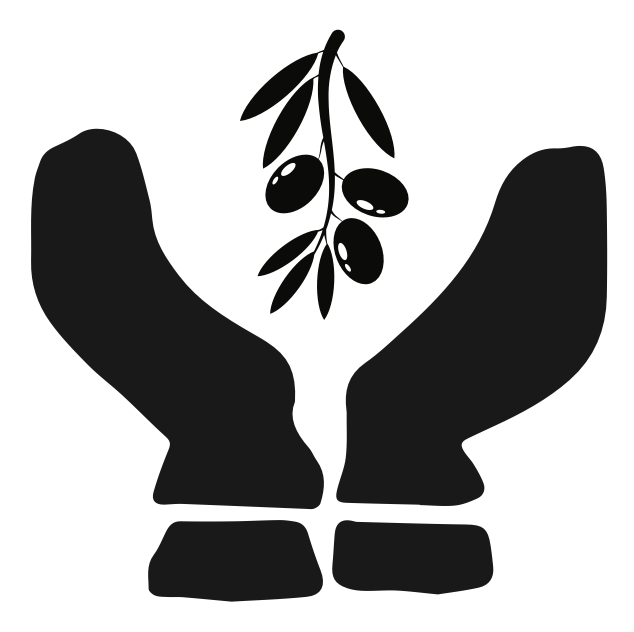
Focaccia Barese
Why this Recipe?
Focaccia was first served to me in the early 80s at LoCoco's Restaurant in Oakland, and every version since has been compared to it as the standard bearer. Focaccia is often cake-y, soft, and dry, however, the best ones are dense, chewy and redolent of oil and herbs. What's the secret? It's two-fold: add a potato for texture as they do in Bari, and don't be shy about using copious amounts of good olive oil. Donald made a small focaccia for us today, and I'm eager for you to try it, too!
FOCACCIA DOUGH INGREDIENTS
1 ⅔ cups all purpose flour
4 tsp white sugar plus a pinch for the yeast
1 ¼ tsp kosher sea salt (flake salt like Jacobsen's!)
1 packet (¼ oz) active dry yeast
¾ cup very warm water (~104℉)
3 tbsp extra virgin olive oil (we used Lucero Arbequina)
½ cup (packed) boiled and mashed potato, either one small or ½ large russet
TOPPING
¼ cup extra virgin olive oil (more if you like)
3 Tbs chopped fresh rosemary (about one large sprig)
½ tsp sea salt flakes, or to taste
DIRECTIONS
Bake, boil, or microwave the potato until tender. Mash well with a potato ricer, food mill or masher until lump free. Set aside.Proof the yeast! In a small bowl mix yeast with the warm water and a pinch of sugar. Once it foams it is ready to use.
Mix flour, salt, and the rest of the sugar in a large bowl.
Make a well in the center, then add the olive oil and warm water/yeast mixture. Mix with spatula until you can no longer see flour. Do not continue to knead this dough more than is necessary to incorporate the flour. Add the mashed potato and continue to gently knead until just incorporated.
First rising - cover the dough and the bowl with a small amount of olive oil to keep the dough from drying and sticking. Cover with cling wrap, then put in a warm place (25°C/77°F) for 30 minutes until it increases in volume by 50% or up to double in size. You can also refrigerate the dough instead of doing this 30 minute rise. It will slow the rising process allowing you to continue with the rest of the process the next day (no longer than 24 hours).
Second rising - press the dough down and fold fold the edges into the center about 3 times. Put the bowl in a warm place (25°C/77°F) for 30 minutes until the dough increases in volume by 50% or up to double in size. Here, too, employ cling wrap.
Prepare a 13"x9" baking sheet (quarter sheet). Liberally coat the bottom and sides of the pan with olive oil.
Third rising - Put the dough in the prepared pan. Do not knead the dough but gently push it into the sides and corners of the pan. It will stretch back somewhat so just keep pushing the dough until it fills the pan. Cover with cling wrap and let rise in a warm location until volume increases 25% to 30%.
Preheat oven to 430°F, or 392°F if your oven has a fan, and set a rack on the middle shelf. Make sure the oven reaches its set temperature before baking.
Poke the dough with your fingers all over to make the signature cratered look on the top of the focaccia. Add the sea salt flakes and rosemary by showering the dough with each topping high over the dough for even coverage. Drizzle the dough with the ¼ cup of olive oil. The oil that is below and on top of the dough is what creates the nice browning of the focaccia so don’t be shy! The dough will “fry” in the oil while it bakes.
Bake for 15 to 25 minutes or until the top is deep golden and lightly crisp, while the sides are fried and crusty. The time this takes will depend on your oven so watch carefully.
Turn completed focaccia onto a cooling rack. Let is rest for at least 10 minutes before cutting to serve. If the focaccia sticks to the pan gently loosen it with a spatula before attempting to remove it.
Note: This recipe fit in a quarter sheet pan and serves 4 to 6 as an accompaniment to a meal OR 2 people if you're standing around the kitchen a love hot bread for a little nosherai.
If you commonly use only half sheet pans (13"x18"), double the volumes for this recipe and follow the same steps, temperatures and approximate cooking times.
Please enjoy! Liz & Don






